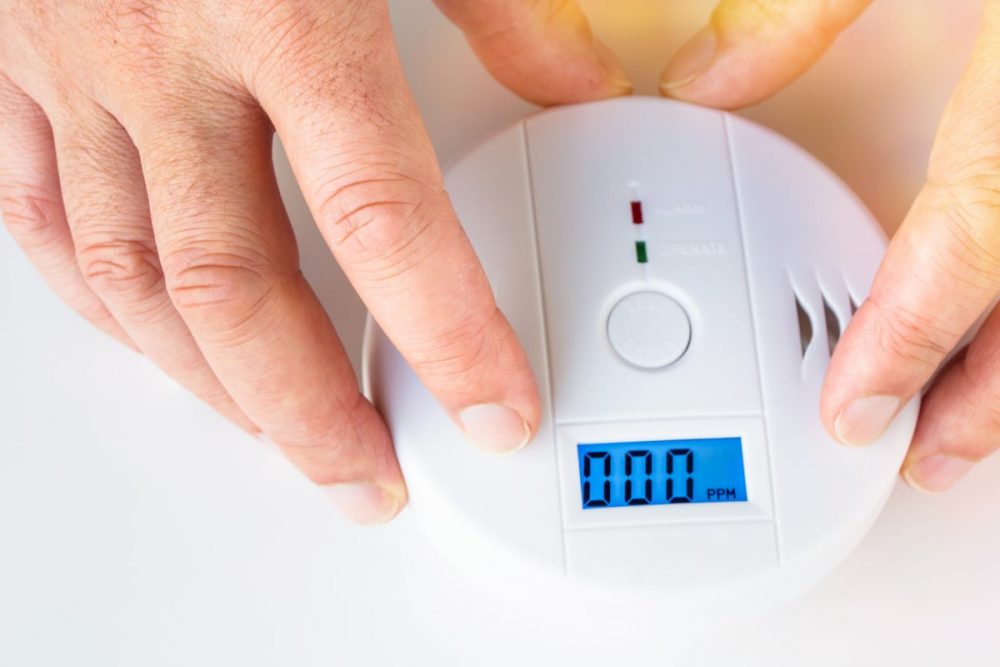As temperatures begin to dip overnight, it won’t be long until people begin lighting heaters to ward off the overnight autumnal lows. Before you do, be sure your home is protected against carbon monoxide poisoning.
Carbon monoxide or CO is an odorless gas that is sometimes called the invisible killer? It comes from burning fuel in vehicles, small engines, stoves, and other appliances that use gas.
Carbon monoxide can be harmful. When you breathe in carbon monoxide, it replaces oxygen in your blood. This can make you short of breath, cause headaches, dizziness, nausea, weakness, or even death. The most common causes of carbon monoxide build up are incorrectly installed or poorly maintained or ventilated appliances such as stoves and hot water heaters.
Now that you know what causes carbon monoxide build up, here are some tips on how to protect your family from carbon monoxide poisoning and what should be done when there is an emergency involving carbon monoxide.
- Do not cover the bottom of natural gas or propane ovens with aluminum foil. Doing so can block air flow and cause carbon monoxide build-up.
- Never use a charcoal grill, oil lantern, or portable camping stove inside.
- Never use a portable generator or any gas-powered engine in your home or garage, even if doors and windows are open. These appliances should be used outside and at least 20 feet away from your home and other structures.
- Install a carbon monoxide alarm outside every sleeping area and on every level of your home. Make sure the alarms aren’t blocked by furniture or curtains.
- Test alarms every month. Replace your alarms every 10 years or when their end-of-life signals sound. Replace alarm batteries at least once a year.
- When the alarm sounds, do not ignore it. Make sure everyone goes quickly outdoors. Call 9-1-1 and stay outdoors until emergency responders say it’s safe to go back inside.
These are only a few tips to help you avoid carbon monoxide poisoning. For more information and any other resources on how to protect your home from emergencies, visit the Texas Department of Insurance website at tdi.texas.gov or and The Center of Disease Control and Prevention website at cdc.gov.






